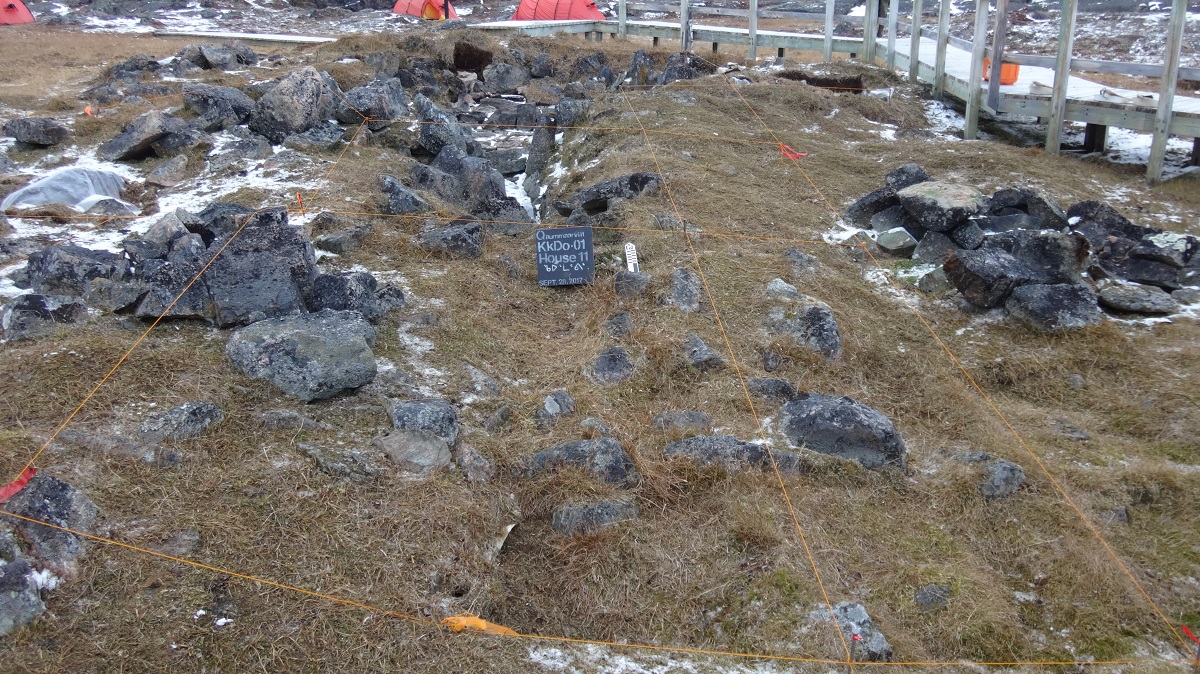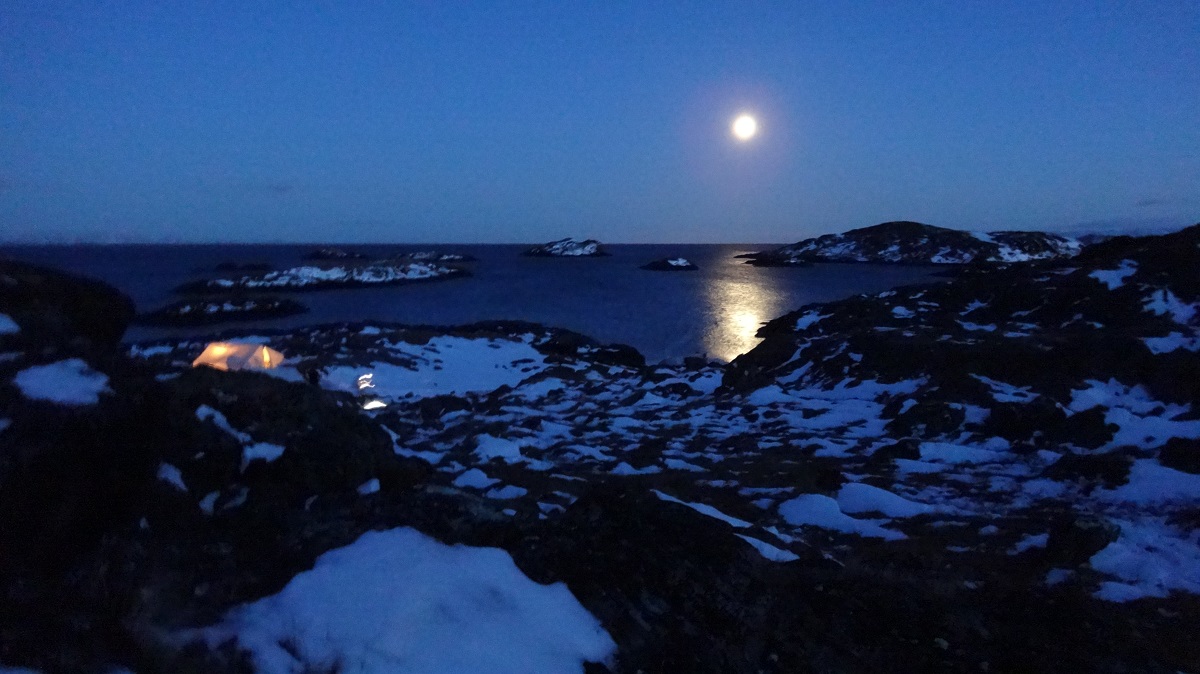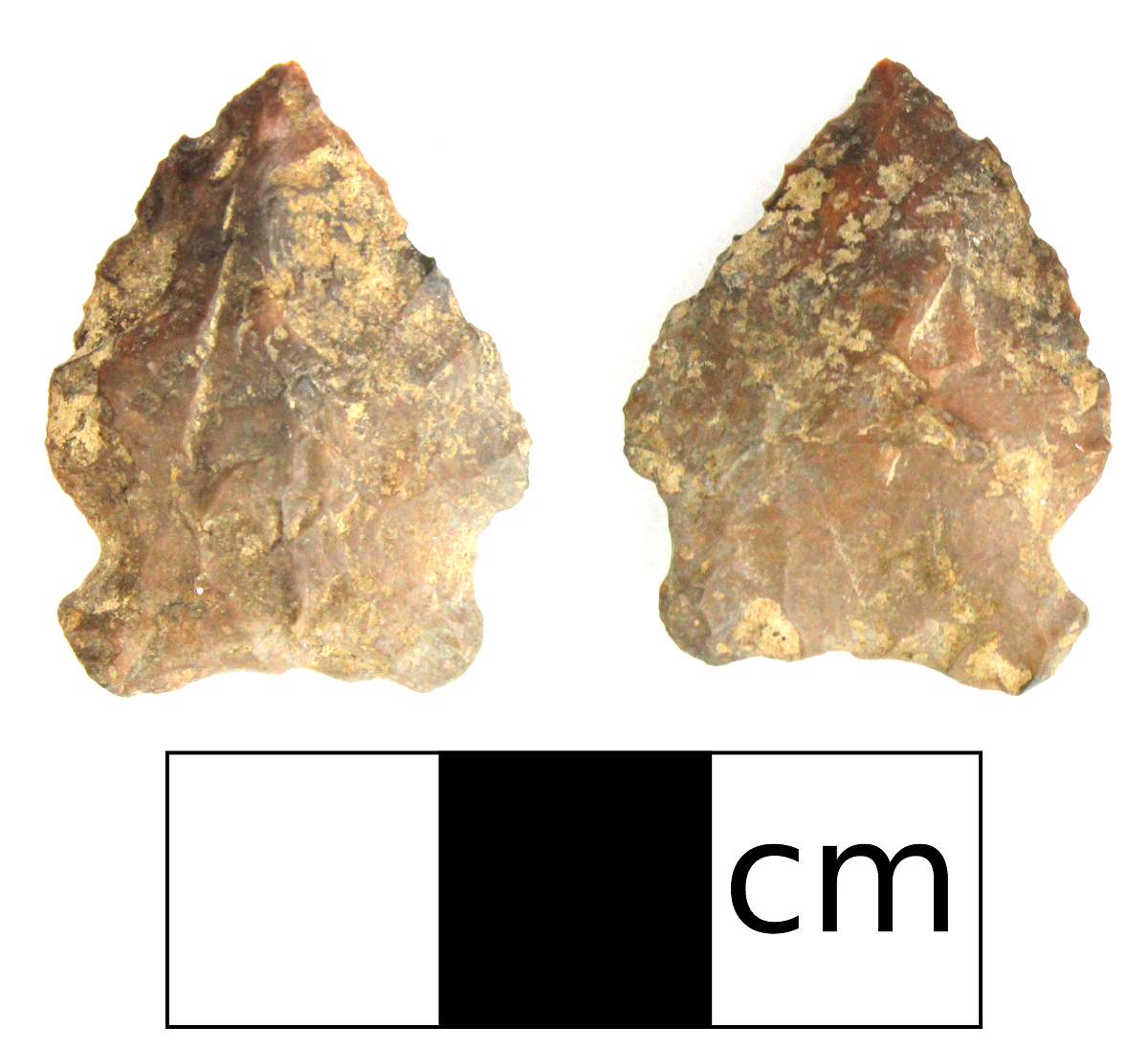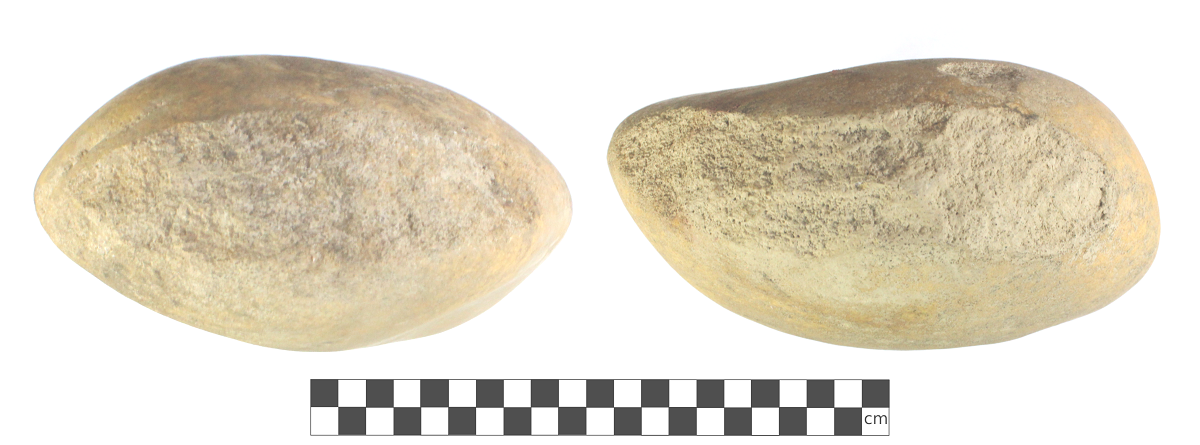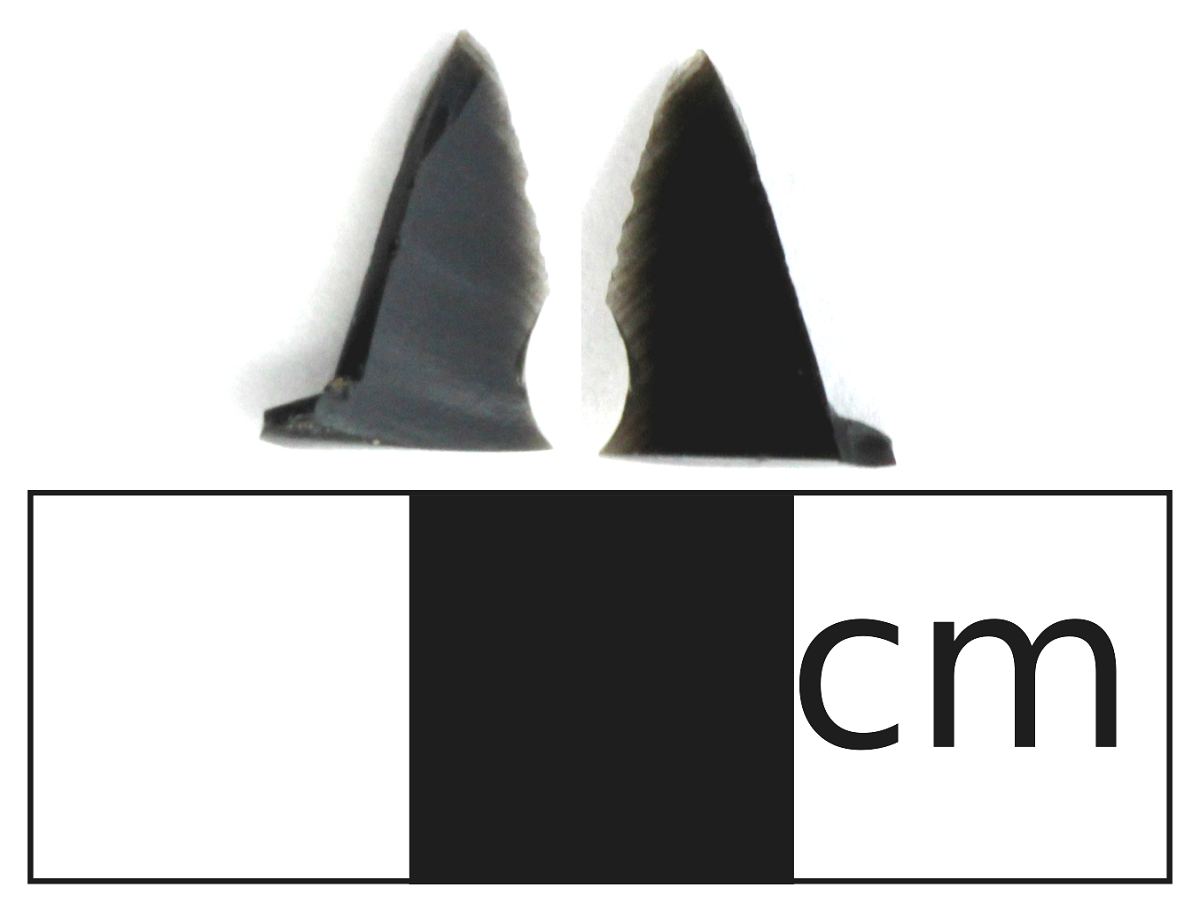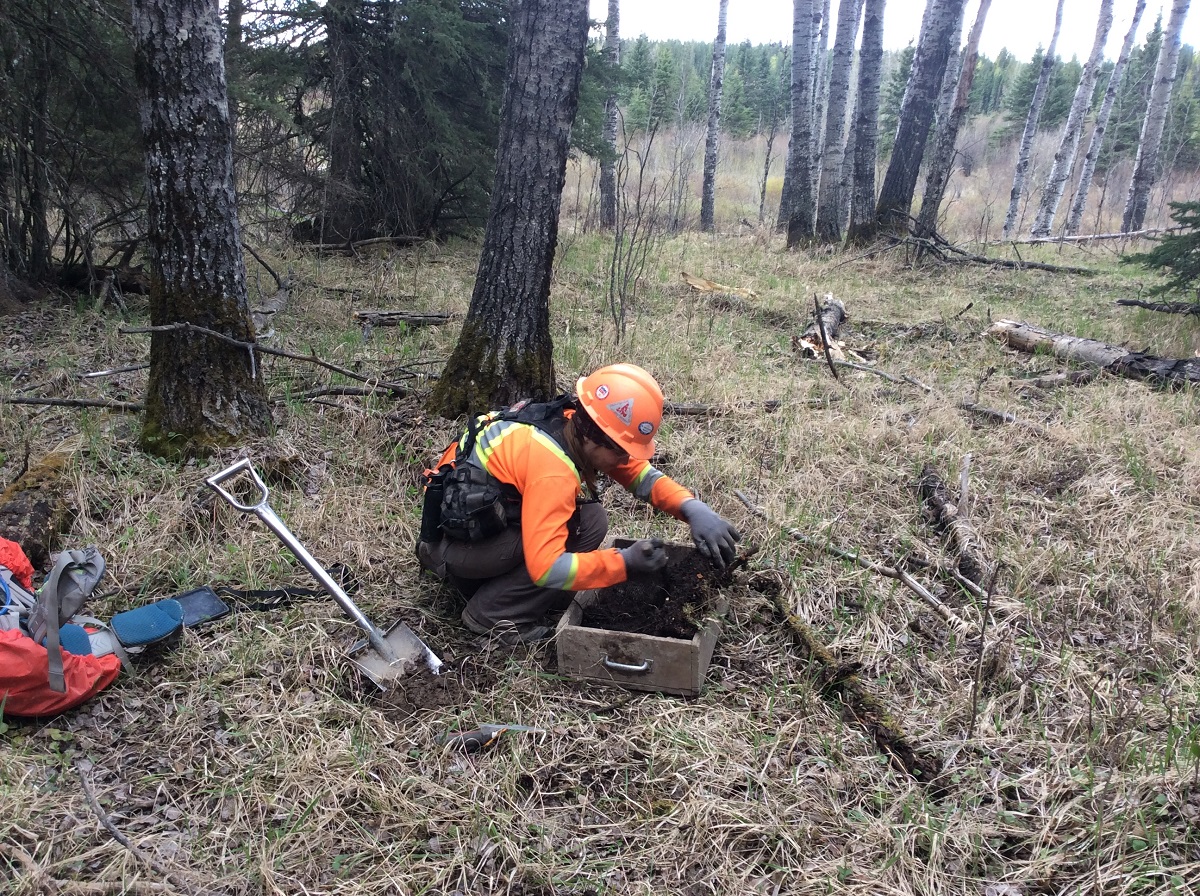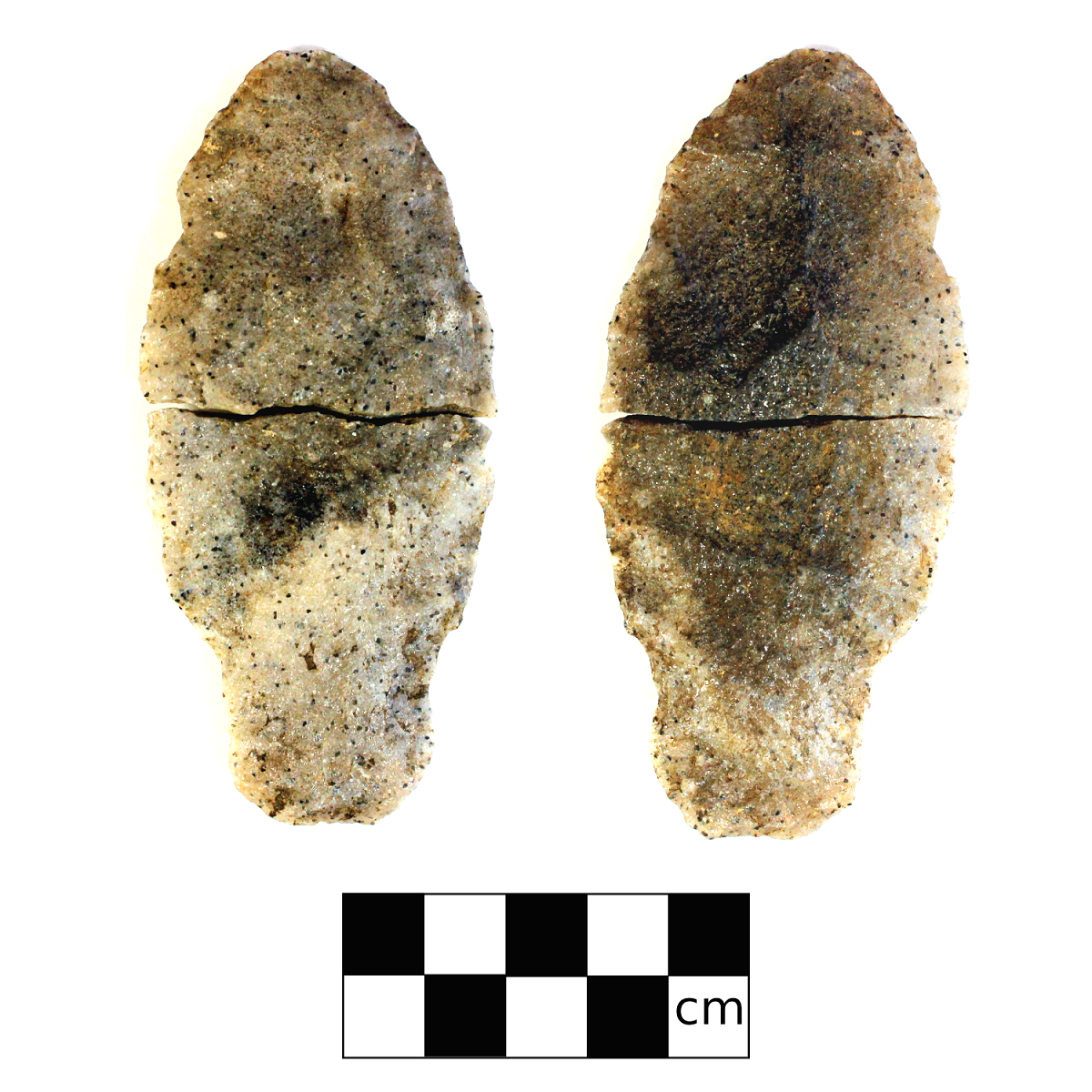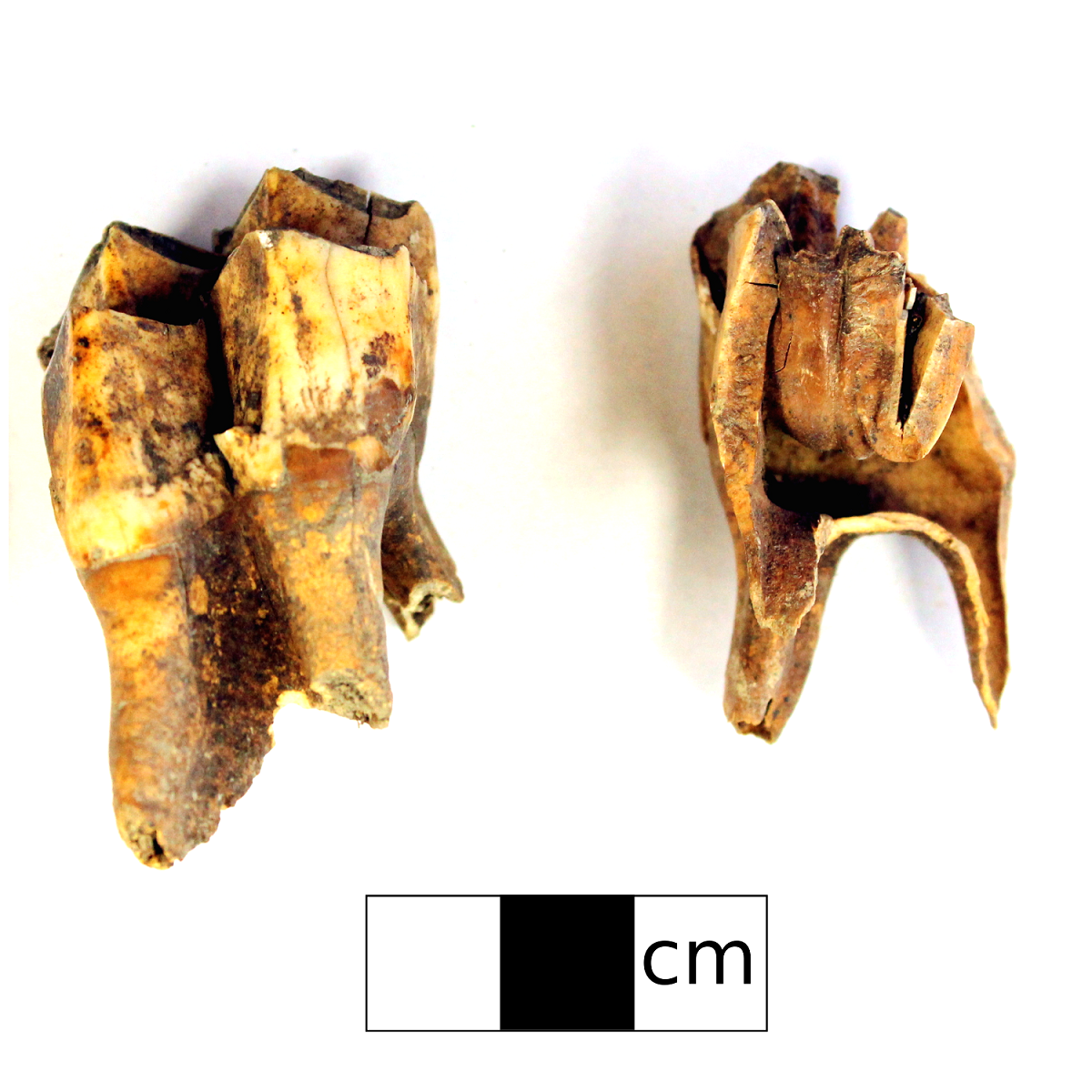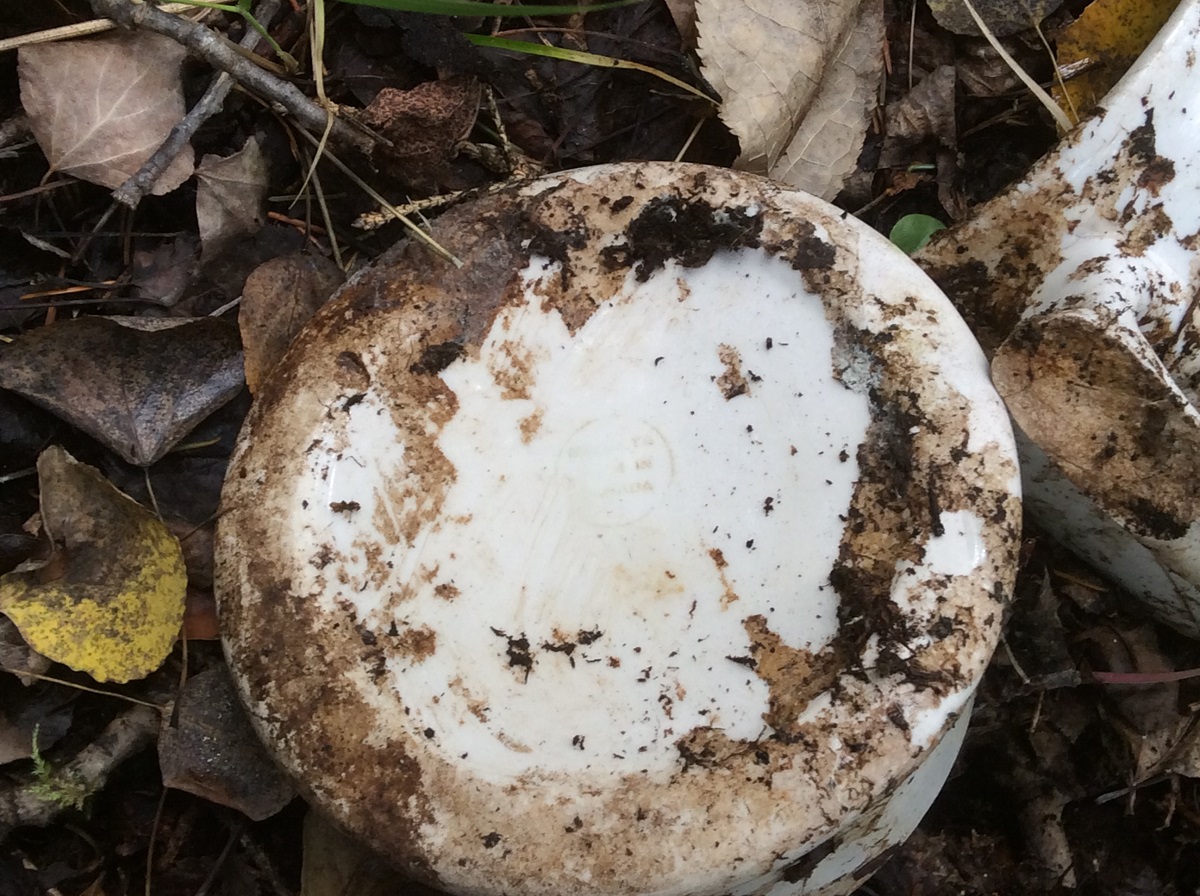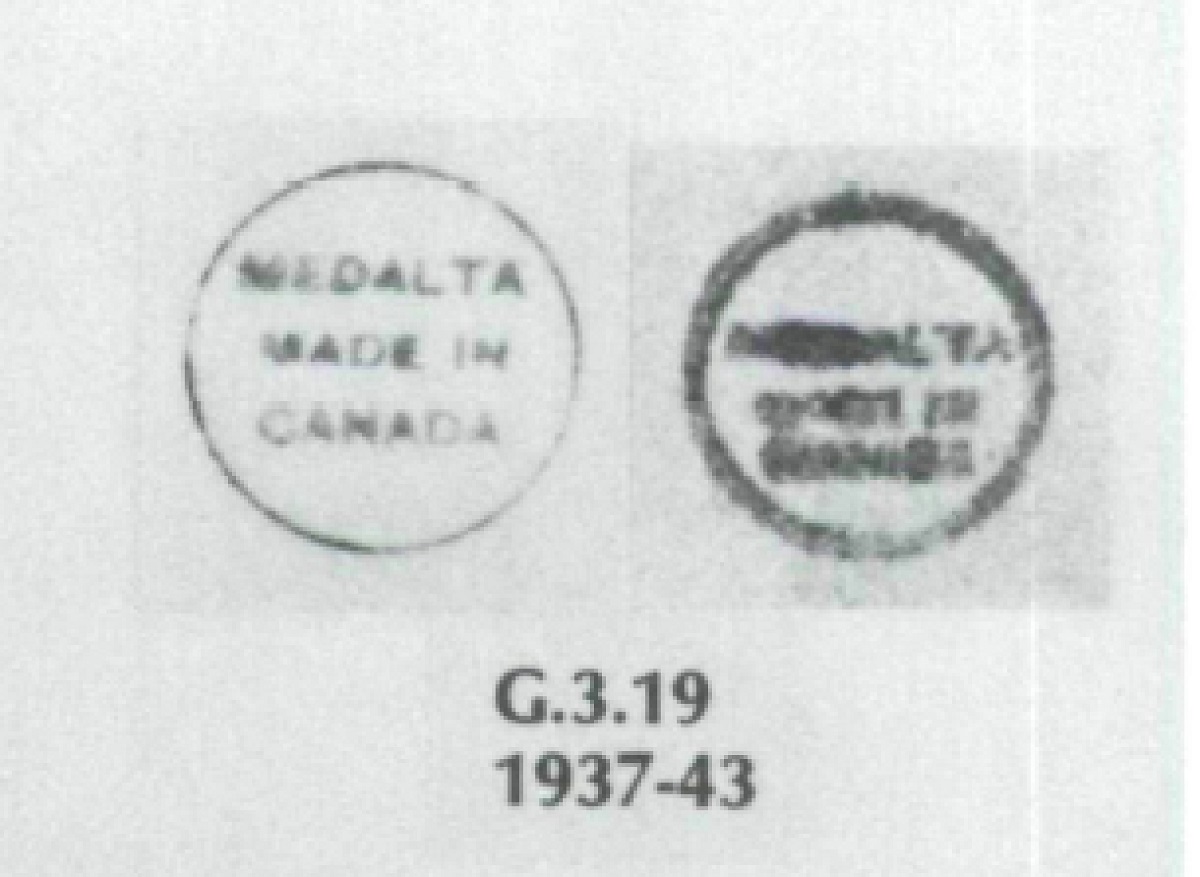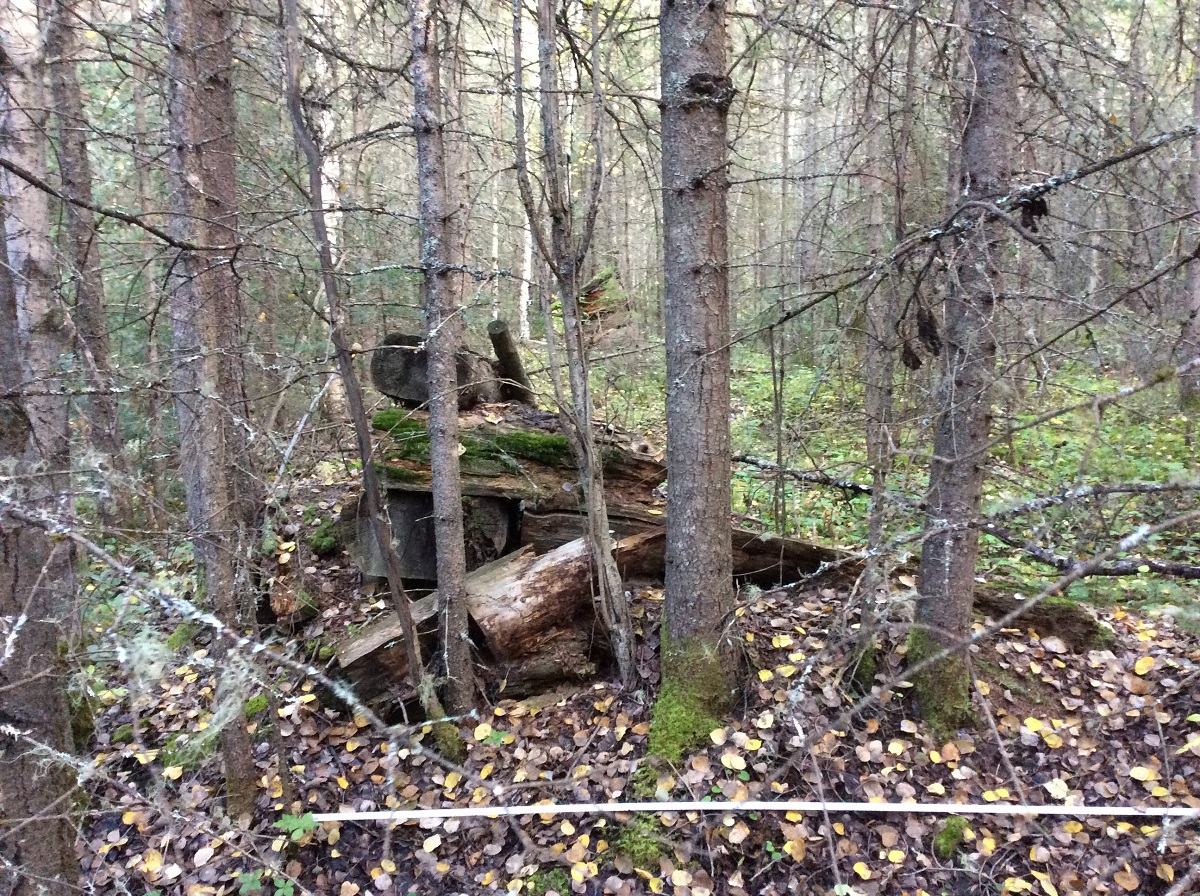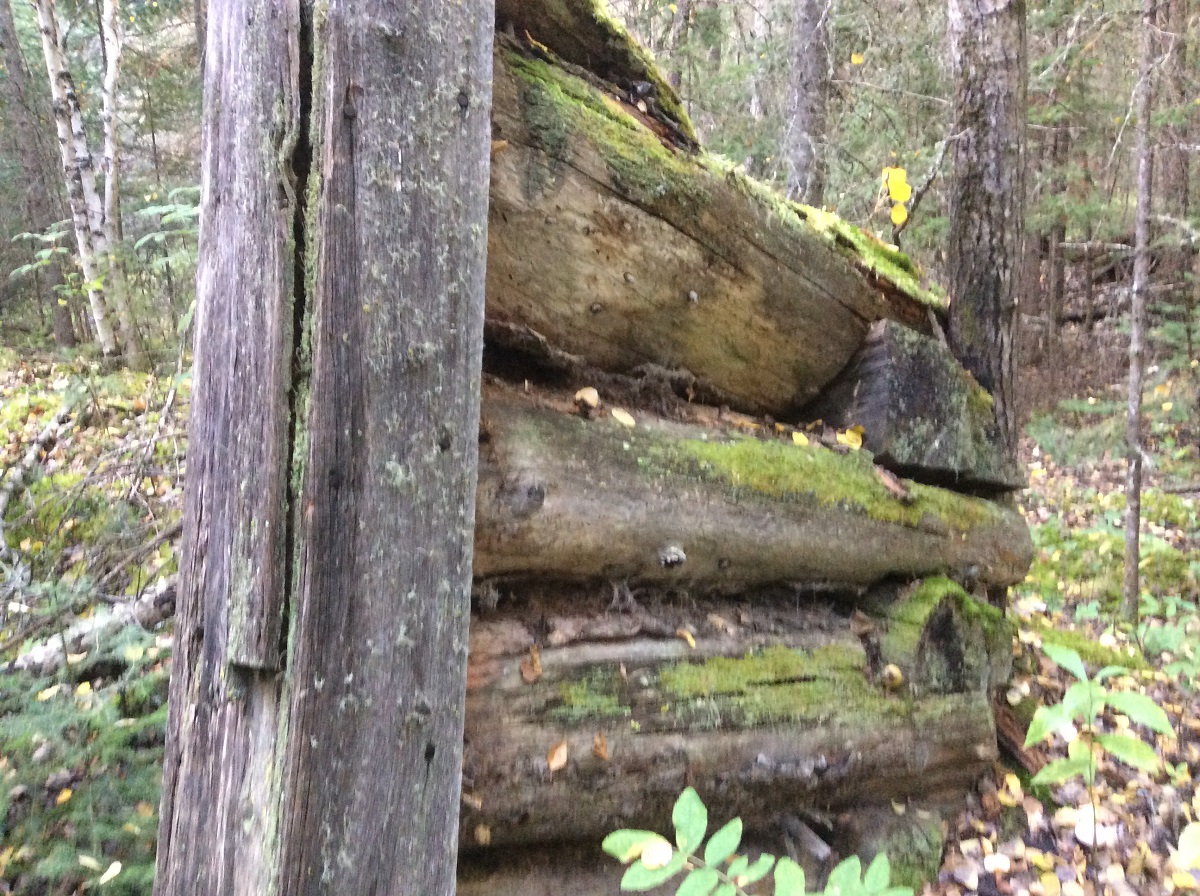Post Category : Archaeonerdism Field Life Local Archaeology
Tree Time’s 2017 Top Five Sites
Now that all the reporting is done, we thought it was a good time to look back on some of the exciting sites we worked on from the past year. We usually find over 100 sites every year but these sites stand out either because we found interesting artifacts or the site is unique compared to the sites we generally find. It doesn’t matter how many points an archaeologist has found throughout their career, they will still get really excited when they pull a projectile point out of the their screen! In fact, compiling this list got me really excited to get out of the office and back into the field where an archaeologist belongs.
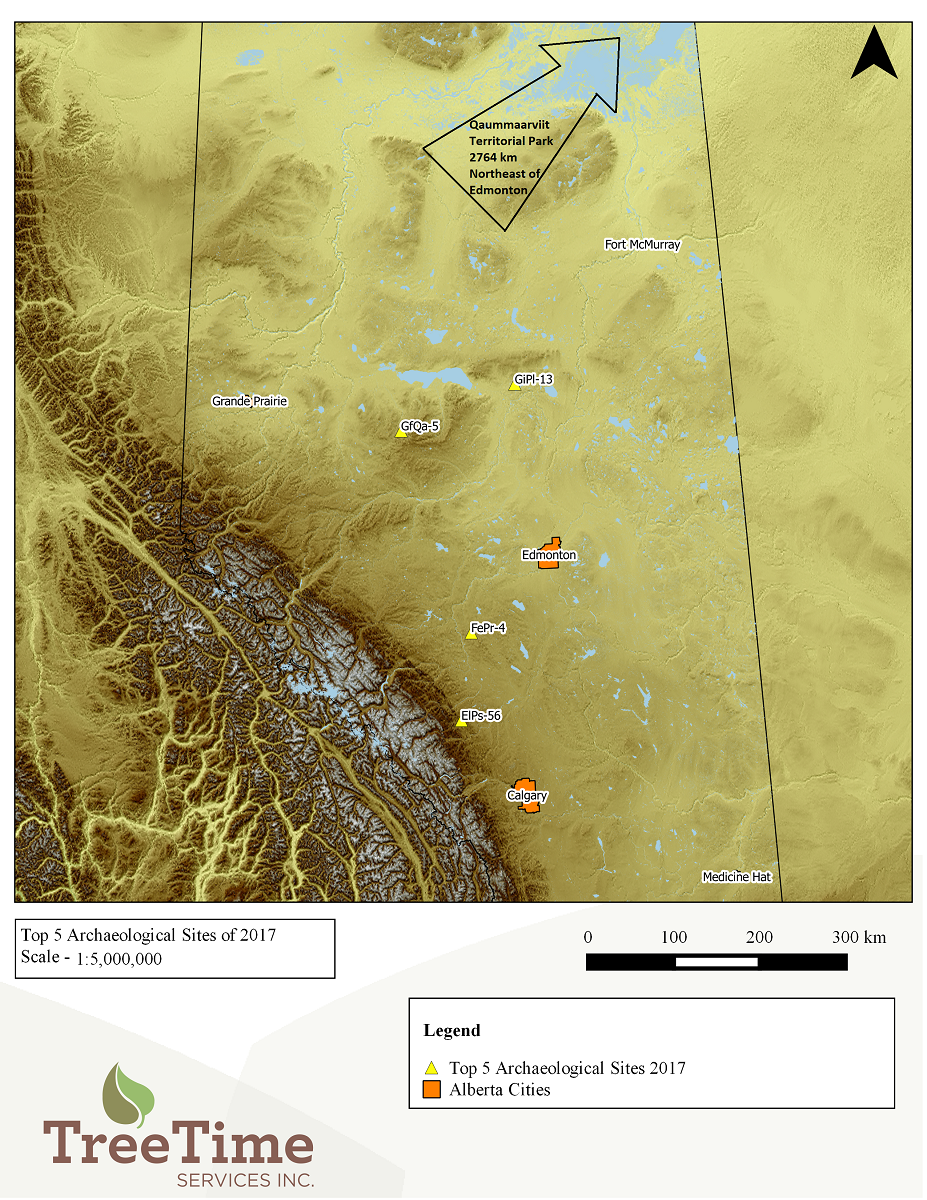
ElPs-56: Found while assessing a proposed cutblock for Sundre Forest Products near the South James River. It’s located on a distinct corner, so we couldn’t miss the landform. What makes this site exciting is that Brian found a Beasant point! We don’t often find these during a shovel test program (compared to excavations). It was likely dropped there by a past hunter while looking out over the valley below. We also found several flakes and a hammerstone which suggests people were also making tools at this location.
FePr-4: Found while assessing a proposed cutblock for Weyerhaeuser Pembina Timberlands. The site was located on terrace edge overlooking an old oxbow of Wolf Creek. The site has a very diverse artifact assemblage consisting of various materials including mudstone, petrified wood, chalcedony, and quartzite. The most interesting find was a piece of obsidian. Obsidian is volcanic glass and only comes from areas with volcanic activity. The presence of obsidian suggests either long distance trade outside of Alberta, or long distance movement of people.
GfQa-5: Found while assessing a proposed cutblock for North Central Woodlands. At this site we found a salt-and-pepper quartzite spear point preform on a small ridge in the Swan Hills. The point likely broke in half during the manufacture of the tool. The site is interesting because spear points such as Alberta or Hellgap points (which are similar to this point stylistically) are typically dated to approximately 10,000 to 8,000 years ago. Also recovered at the site were the molars of an adult moose but unfortunately in a different context than the point. Further testing at the site may recovered datable materials that can be associated with the point.
GiPl-13: This site was found near Howard and Fawcett Lake by the layout crew of Tolko Slave Lake Industries. We visited the site to document and confirm what type of site the flagging crew found. Upon visiting the site we found six collapsed structures, five mounded rectangles, and lots of mechanical and other types of debris. Our initial interpretation was that the site was an old forestry camp. Further background research revealed that area was known to have a WWII prisoner of war camp, where POWs often worked for the forestry sector. It’s possible this camp may have been related to the work they did. We analyzed the artifacts identified at the site and found one of the pieces of ceramic had a makers mark that read “Medalta Made In Canada.” This ceramic seal dates to between 1937 and 1943. Further research is needed at the site to confirm it is a POW camp from WWII. If it is, the site is very significant for learning how POW’s were treated, lived, and contributed to industry during WWII.
KkDo-1: Kurtis and Vince spent a week excavating a sod house on a remote part of Baffin Island in the Qaummaarviit Territorial Park last October. This was a unique opportunity for us because we typically only work in Alberta. However, Vince’s experience from his graduate research on a historic Inuit house in Newfoundland made him well suited to the project. While excavating the house they found spears, harpoons, and projectile points while working along side the local descendant community. In fact, one of the Inuit team members, Naulaq Inookie, is a direct descendant of the people who lived there. The sod house dates to between 1200-1800 AD and will be eventually reconstructed as a tourist attraction.
